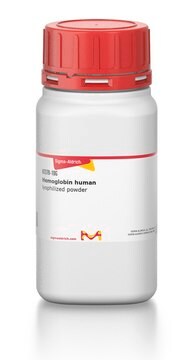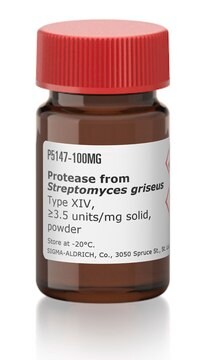I1411
ITX3
≥98% (HPLC)
Sinónimos:
2-[(2,5-Dimethyl-1-phenyl-1H-pyrrol-3-yl)methylene]-thiazolo[3,2-a]benzimidazol-3(2H)-one
About This Item
Productos recomendados
assay
≥98% (HPLC)
form
powder
solubility
DMSO: ≥4 mg/mL
storage temp.
room temp
SMILES string
Cc1cc(\C=C2\Sc3nc4ccccc4n3C2=O)c(C)n1-c5ccccc5
InChI
1S/C22H17N3OS/c1-14-12-16(15(2)24(14)17-8-4-3-5-9-17)13-20-21(26)25-19-11-7-6-10-18(19)23-22(25)27-20/h3-13H,1-2H3/b20-13+
InChI key
SJMYMKPBODEZSH-DEDYPNTBSA-N
Biochem/physiol Actions
Features and Benefits
Storage Class
11 - Combustible Solids
wgk_germany
WGK 3
flash_point_f
Not applicable
flash_point_c
Not applicable
Certificados de análisis (COA)
Busque Certificados de análisis (COA) introduciendo el número de lote del producto. Los números de lote se encuentran en la etiqueta del producto después de las palabras «Lot» o «Batch»
¿Ya tiene este producto?
Encuentre la documentación para los productos que ha comprado recientemente en la Biblioteca de documentos.
Contenido relacionado
Cyclic nucleotides, including cyclic AMP (cAMP), cyclic GMP (cGMP) and cyclic ADP-ribose, have been extensively studied as second messengers of intracellular events initiated by activation of GPCRs. cAMP modifies cell function in all eukaryotic cells, principally through the activation of cAMP-dependent protein kinase (PKA), but also through cAMP-gated ion channels and guanine nucleotide exchange factors directly activated by cAMP.
Nuestro equipo de científicos tiene experiencia en todas las áreas de investigación: Ciencias de la vida, Ciencia de los materiales, Síntesis química, Cromatografía, Analítica y muchas otras.
Póngase en contacto con el Servicio técnico







